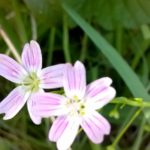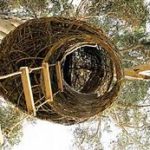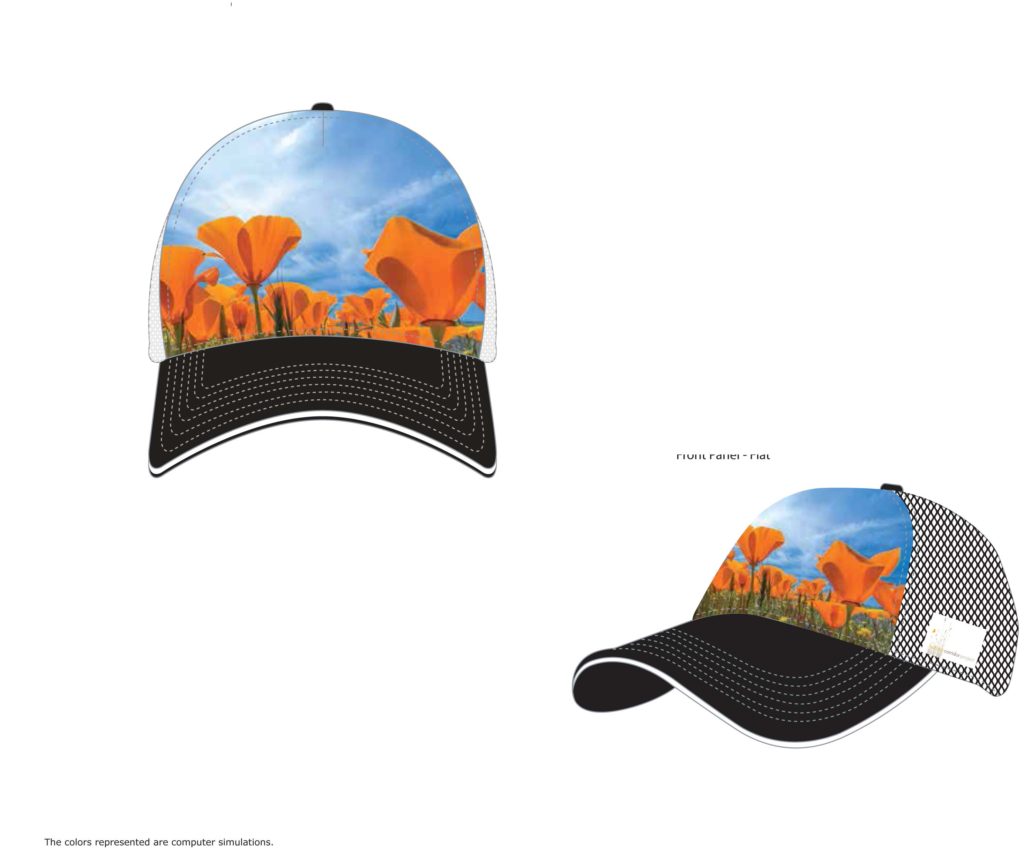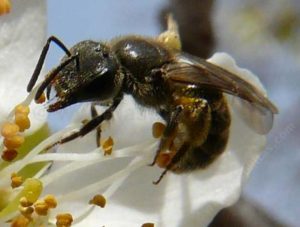 Siberian Candyflower
Siberian Candyflower
For so many of us, wildlife habitat gardening is not so much a gardening style as a reverence for Mother Nature—her creatures, her beauty, wisdom and design. I love to hike in our local wild places as often and wherever I can, to be in nature, to soak up the beauty and silence as well as to see our native plants through the seasons. Spring is especially wonderful for that lush window of wildflower bloom. In mid-May I was hiking Pomo Canyon on the Sonoma coast, enjoying the tail end of the spring bloom. Large drifts of cream cups, checkerbloom and the deep purple brodiaeas spread out along the trail and into the meadows. In one wet area I always look for the pink-striped Siberian candyflower and, with so much rain last winter, I found it in abundance! One of my favorite native shrubs, creambush (Holodiscus) was just beginning to bloom along the trail and in my own garden the long creamy flower clusters now cover the bushes.
Many of the plants I love to see in my favorite wild places are ones I grow in my garden. This spring I watched male and female pipevine swallowtails search for each other, periodically returning to the thick layers of pipevine where the female lays her eggs on the heart-shaped leaves. Our California pipevine is the only caterpillar food plant for this beautiful butterfly species. I am watching now for quail babies: the covey of quail that live among the hedgerows —coffeeberry, elderberry, spice bush, salt bush, sages— have gone quiet in the past week or so. So I wait with great anticipation. I often check the birdbaths to see who has shown up— the bushtits gathering in groups to quickly bathe or the California towhees, taking turns for long, leisurely sessions in the water. Depending on the season, there will be western bluebirds, hermit thrush, song sparrows, and many others.
What brings them here—the butterflies, moths, bees and other beneficial insects, the songbirds and lizards and other creatures— are the plants that offer nectar, seeds, cover, and the insects that almost all of the bird species depend on to feed their young. Our native plants are the ones that are the most dependable sources of all of these many nutrients and, for some insects, the only source. Who will come to the habitat garden, what will happen, which plants will be favorite sources of nectar —or seeds or insects—is the mystery. But spending time watching, walking the garden, touching my plants: this is how I bring the wild home.
— Nancy Bauer





